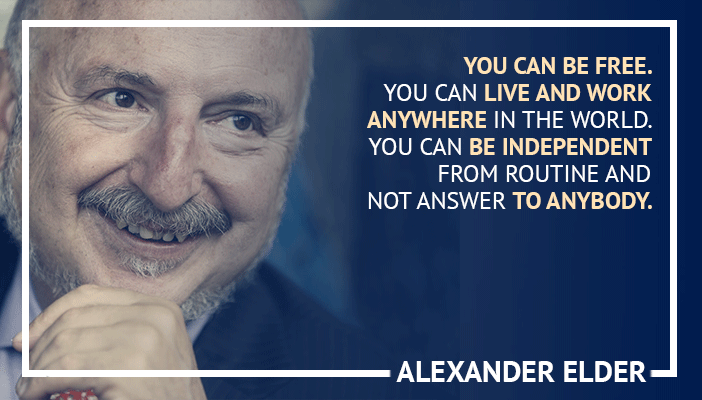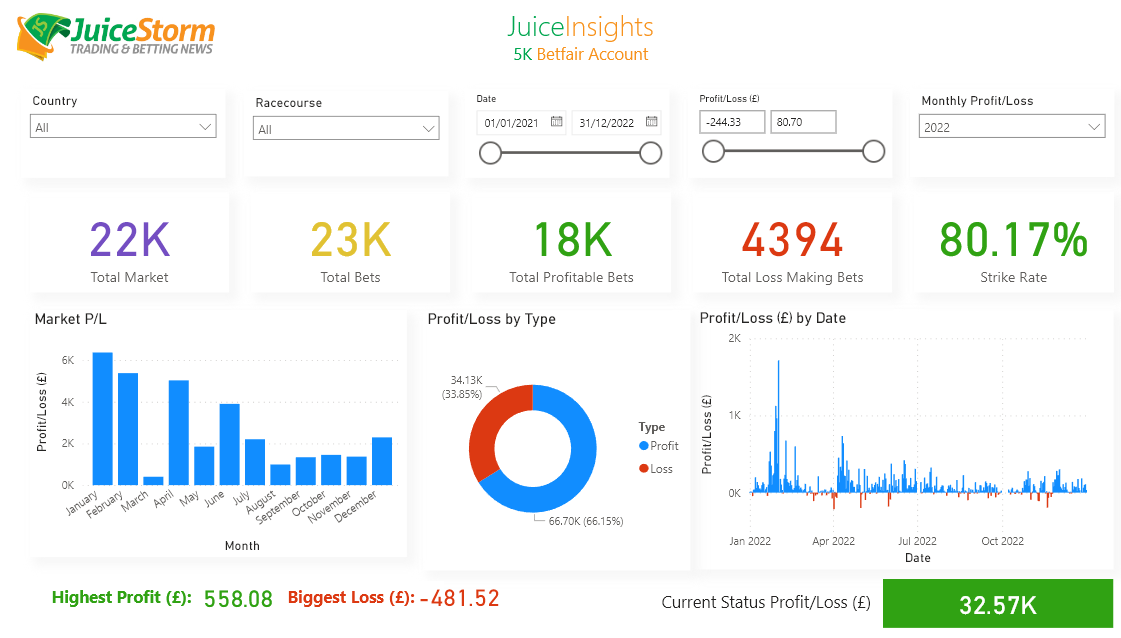Underlaying & Overlaying
- The TopTrap Greyhound Profit And Loss Account On Betfair - March 17, 2022
- Betfair Best Execution – 11 Requested & Filled At 320 - January 16, 2022
- BTB System e-book - March 13, 2015
One of the things that seems to cause confusion is the concept of underlaying and overlaying. In general when you match out a qualifying bet you will match it so that you win or lose exactly the same amount regardless of the outcome. You then place your SNR free bet, doing exactly the same but using a different calculation in the spreadsheet because it is SNR. What you are in fact doing is calculating the optimum underlay for the SNR free bet to to give you an equal profit either way. However there are circumstances when underlaying to win more if the bet wins at the bookie makes sense.
Why Underlay?
Underlaying is an extremely useful way of compensating for factors which are not included in the actual bet you are doing. These may include withdrawal fees at the bookmaker, currency conversion charges, or the prospect of losses during a WR chipping away at your profit from the free bet. All of these will only occur if you win at the bookie so it makes sense to skew the bet so that you win more if your bet wins at the bookie than you do if the lay wins at Betfair.
How much you underlay in these circumstances depends on the individual situation. You may know that if you have to withdraw foreign currency to your bank they are going to charge you £15. In this instance, in the case of a simple SNR free bet, if you are using highish odds it will only cost £1 or £2 on the lay side to win you that amount back at the bookie, and this would be worth doing. If it is an SR bet at evens then it will cost you much more if the lay wins, and you may decide to even out the losses by adjusting it to win just £7.50 more at the bookie, so that in effect you are evening out the cost to £7.50 either way. SR free bets often have a WR involved too, and then you need to judge whether you should lay a bit less to compensate for this as well. You can see that small free bets in foreign currency with a large WR soon lose most if not all of their value unless you are fortunate enough to bust out.
A general rule of thumb (which should not surprise you once you realise that SNR bets are underlayed) is that the higher the odds, the more effective underlaying is. At very short odds underlaying is fairly pointless since it wins very little extra while costing you a large amount of profit if the bet loses. This is counter-intuitive, as you would expect it to be more worthwhile to underlay short odds bets that are more “likely to win” and to correctly match out long odds bets which are “likely to lose”.
Underlaying and Arbing
Underlaying really comes into its own with arbing. There are a couple of factors at work here which are not immediately obvious which skew the situation towards favouring underlaying, when intuition tells you that over a large sample it should make no difference. The fact that every arber I know has a huge negative P&L at Betfair (my own is almost £100,000) backs this up with tangible evidence, as does the fact that bookies close arbers down.
Value – I’ve touched on this in a previous article, the crux of the matter being that arbs tend to be value bets which win more often than their odds say they should. This can be spectacularly true sometimes in horse racing, when you get the phenomenon known as a “steamer”. This is a horse which has little or no public form of any worth, or has been off the track for some time due to injury. The bookies price it up at long odds in the morning, thinking it has little chance of winning. Suddenly, at some point during the day, inside money starts to arrive. This often happens first at Betfair and some of the bookies get left behind as the price falls, creating arbs. So the arber takes a nice arb at say 21/18. As more money arrives the price falls until it reaches a level where the people backing it think it is too short, and the money stops. This is now probably shorter than the true price reflecting the horse’s chance, but the original 20-1 that the arber took is way too high. Suppose that the true price of this horse is actually 9, then these will win on average 1 time in 9, and yet the bookie is paying at 20-1 – ouch. What happens in this situation to 2 arbers, one who matches arbs out correctly and one who underlays?
Correct match £50 at 21/18 at 5% commission gives £5.57 profit either way – a nice arb.
Underlaying to cover commission only (say £52.65 for a £50 bet) gives 2 possible results:
1) Horse loses, arber wins maybe a couple of pennies. Never mind, nothing lost, try again.
2) Horse wins, bookie pays out £1000, lay risk is £895.05, profit is £104.95.
So it would take about 19 correctly matched bets to pay the same as one underlayed winner, but we have said (for this example) we expect this horse to win 1 time in 9. That’s why all professional arbers underlay. Clearly the bigger the odds the better the return, because the gaps between the odds are bigger and there is further for the price to fall. This is why putting large bets on high priced steamers will get you limited very quickly at the bookies.
Commission – This has a tremendous effect on profits and any pro arber will work tirelessly to minimize the commission he pays. Betfair punters only pay commission when they win, but matched bettors and arbers pay for it with every single bet. The higher the odds, the more they pay.
Look at the return from the above example at no commission, if the horse wins:
Bookie pays out £1000, Betfair liability for a stake of £50 is £850. Profit = £150. Having to cover for 5% commission has cost you almost £45 in profit – nearly 1/3 of it.
At 3% (achievable for an arber) you would need to lay £51.55 to cover commission and the liability is £876.35, giving £123.65 profit- a significant improvement on the profit at 5%.
If you are doing a lot of arbing at high odds, and particularly if you are betting on several horses in the same race, there is an argument for not covering commission. At high commission rates this gets expensive if you hit a losing streak, but if you can get your commission down to 2-3% it becomes a little less daunting. This is very much a matter of personal taste – I prefer not to lose so I always cover commission. Another trick to reduce the effect of laying commission is to lay the same amount as the bet, and to put up a lay for your commission at much shorter odds to match in running. Obviously sometimes this will not match – I don’t have any evidence to support or refute its value, but it certainly costs less if the horse wins than laying commission at high odds.
There is a spreadsheet to help you calculate underlay amounts (Arb Underlay Calculator), and a video explaining how to use it here.
Overlaying
In general it is wise to avoid overlaying because of the cost of commission on the extra lay. Therefore even though you can construct an argument for overlaying at short odds, in practise this is not as advantageous as you might think. When I was arbing I underlayed everything, although I might lay a little more than just to cover commission for a big arb at very short odds.
One circumstance in which overlaying does work is if the bookie is offering an increased win, eg 10% extra winnings. In this case an extra amount can be laid to guarantee a profit due to the extra winnings. How much you overlay in these circumstances is entirely personal taste – many arbers will ignore the extra winnings for the purposes of laying and treat it as a bonus if they win.
The other circumstance where overlaying might be useful is if a bookie charges to deposit and you are using the bookie for arbing so want to keep a balance in there. The overlay might then compensate for the cost of the deposit should your money end up in Betfair, but in practise arbers tend to win at the bookie and the cost of any necessary deposit is usually paid for by underlaid arbs. Personally I would not overlay to cover deposit fees myself.
The main rule to remember with both overlaying and underlaying is that laying is expensive (because of commission) and the higher the odds the more expensive it becomes.






Comments are closed, but trackbacks and pingbacks are open.